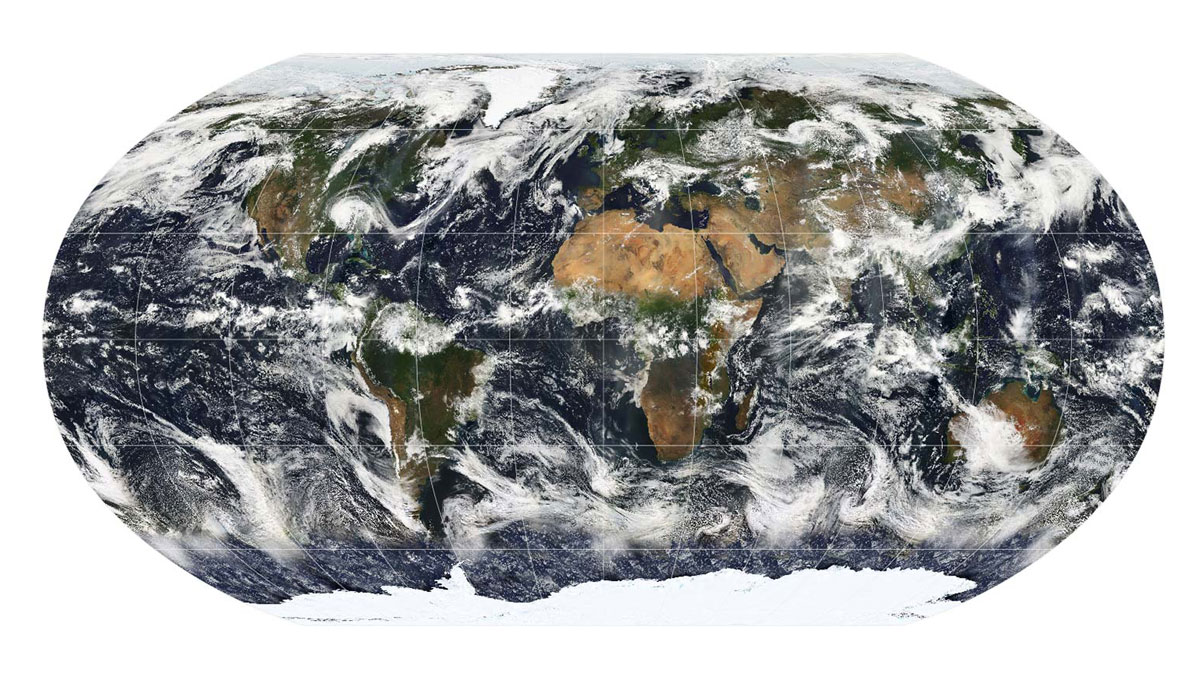Source: AGU Advances
The way climate change affects thermodynamic signals, such as atmospheric temperatures, is relatively well understood. Its effects on atmospheric circulation, however, are more complex because the atmosphere is noisy and chaotic and because thermodynamic changes can generate effects that make circulation changes difficult to decipher.
Models offer many robust predictions of changes in atmospheric circulation resulting from climate change, but these predictions have proven difficult to verify. That’s beginning to change as researchers accumulate a longer observational record of atmospheric circulation and as they develop new tools.
Shaw et al. review known effects of climate change on circulation, summarize the current understanding of their mechanisms, and point to knowledge gaps and opportunities for future research. They forecast a coming “golden age” in the study of circulation dynamics that may resolve discrepancies between models and observations and improve our understanding of how climate change will affect Earth’s climate system.
Already-detected signals of climate change affecting circulation include a poleward shift of jet streams in the lower troposphere and a weakening of the Northern Hemisphere jet stream and storm track. The dynamics of some signals are understood and have been attributed to human activities. For example, efforts to improve air quality have led to a decrease in aerosols over land. Because aerosols reflect sunlight, this decrease has led to increased surface radiation and surface temperatures, which has weakened the summertime Eurasian jet over the past 40 years.
The precise mechanisms behind other signals, such as the shift of the Hadley cell edge, which represents the edge of the dry subtropics where deserts are predominantly located, remain debated. Several other signals have been proposed or modeled but have not yet been seen in observations.
In some cases, glaring discrepancies exist between modeled predictions and observations. They show opposite trends in how the tropical Pacific’s sea surface temperature pattern is changing, for instance, which leads to discrepancies in regional storm track trends. Another challenge lies in distinguishing climate change–related responses from noise.
These and other issues may soon be resolved, the authors say, through the use of better data and new tools such as artificial intelligence that offer improved analytical capabilities. Studies that track signals across seasons and regions or that focus on extreme events could be particularly useful, they write.
Such advances could help elucidate the mechanisms behind complex circulation dynamics and improve how they are represented in climate models, enhancing our understanding of global atmospheric patterns and improving forecasts of climate change. (AGU Advances, https://doi.org/10.1029/2024AV001297, 2024)
—Nathaniel Scharping (@nathanielscharp), Science Writer


